ACORN (the Accessible Campus Online Resource Network): Intro
I led the UX practices to create ACORN, the personalized hub of student tools and information at the University of Toronto (U of T) to manage course and program enrolment, student finances, as well as everyday life.
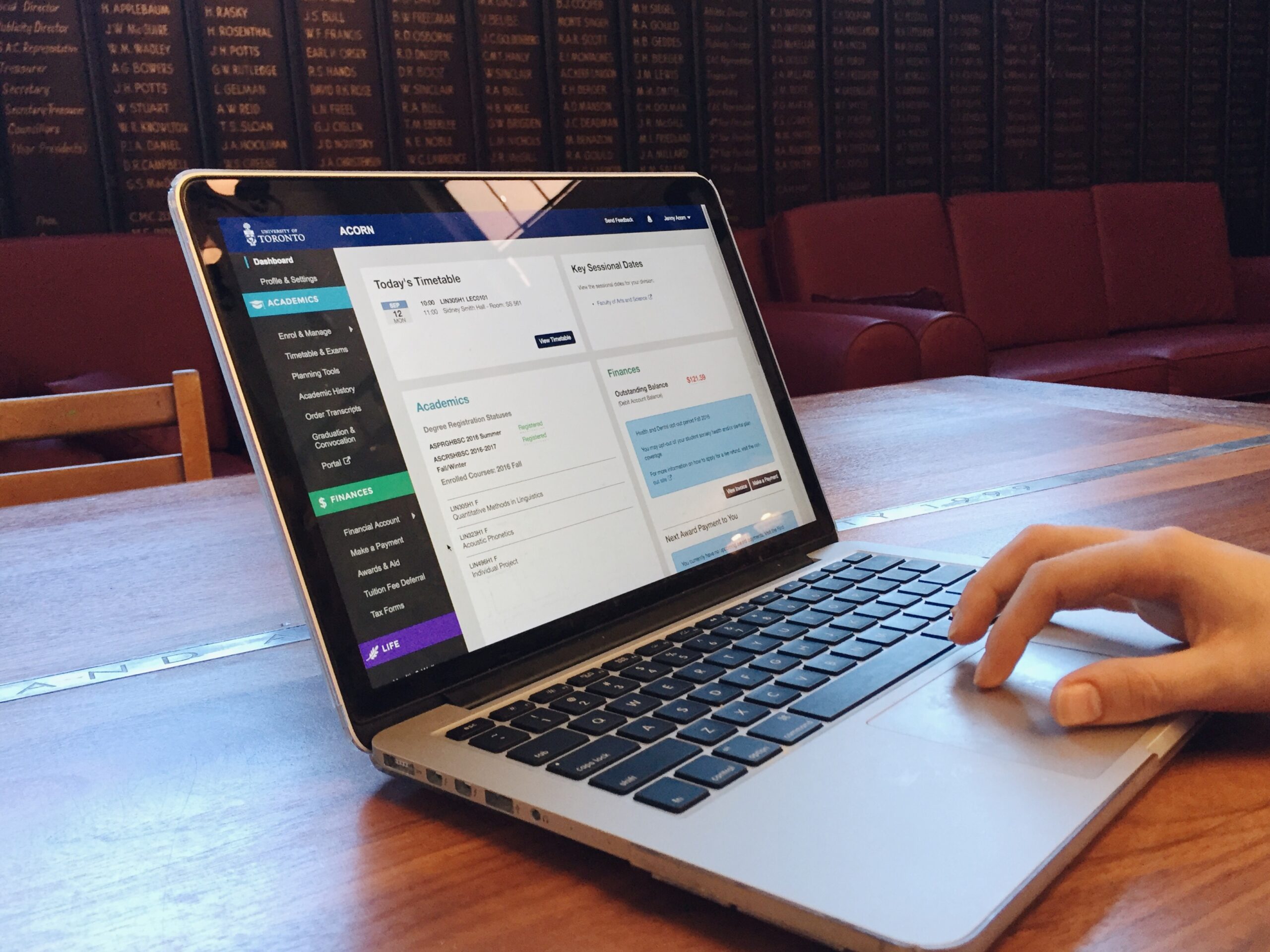
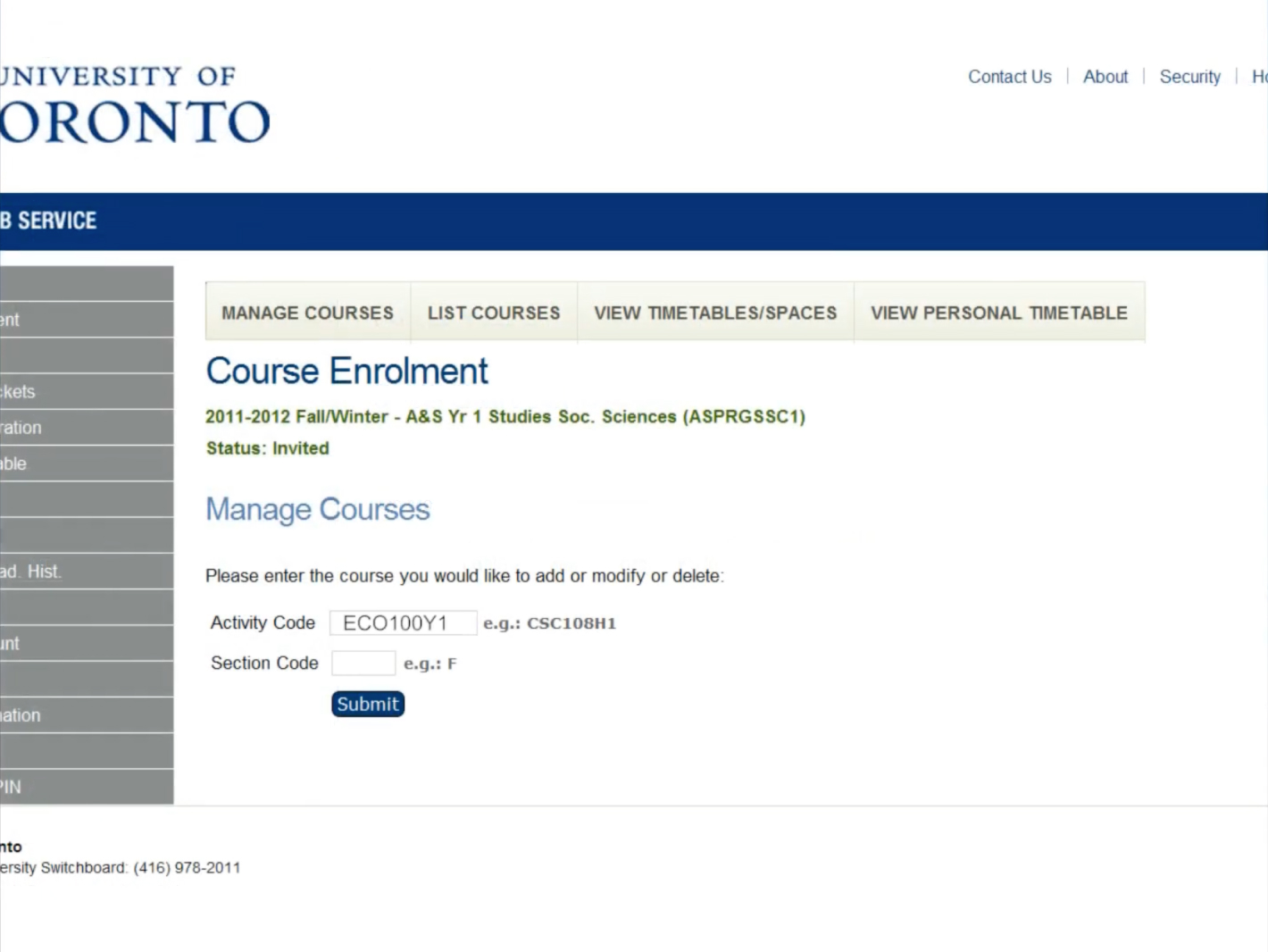

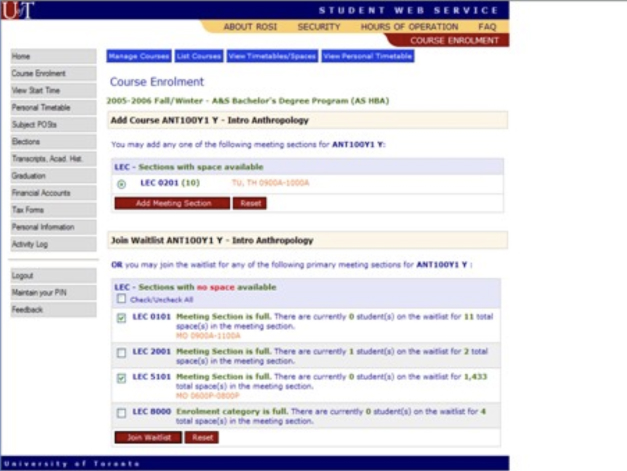
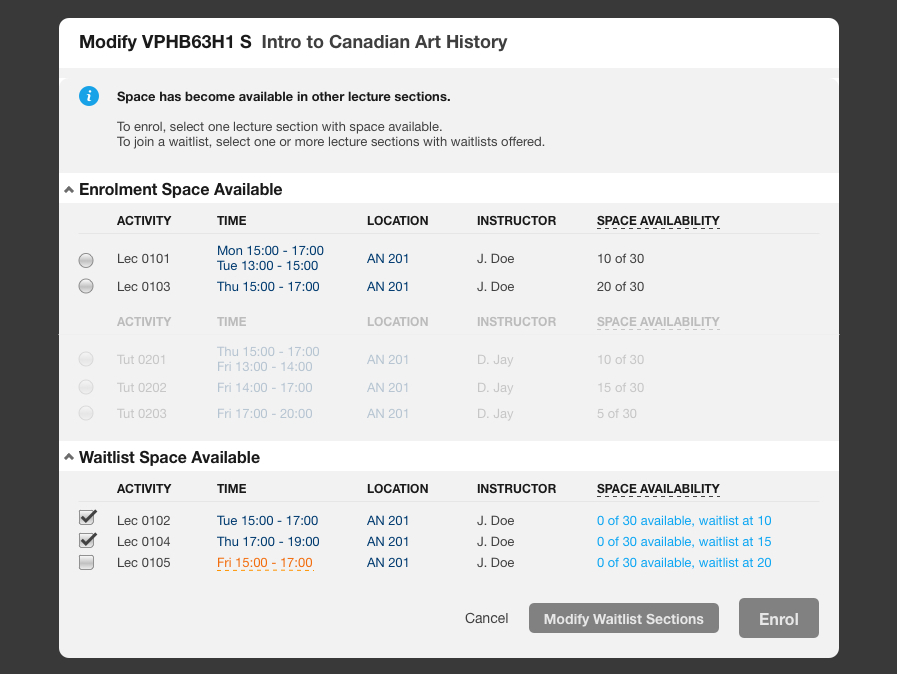
The university should be more responsive to students’ needs… They should listen more to students.
—1st year Faculty of Arts & Science student
The problem: 100,000+ students were increasingly fed up with U of T’s services and legacy systems. These were difficult to discover, disjointed, inaccessible, unintelligible, outmoded and seemingly punitive at times (e.g. an online tool displaying only a confusing error code after an unsuccessful time-sensitive course enrolment attempt, with no guidance on how to correct the issue).
Issues like these caused undo student stress, contributed to failed task attempts, increased support tickets, redundant processes, as well as resulted in under-utilized services. It was time for a new generation of student services to be imagined and produced.
My User Experience & Process Design team, where I was initially the Senior UX Designer and later the Manager, employed a human-centric approach to address these issues. Through inclusive research and design in an agile scrum workflow we consolidated and simplified important processes, while providing students with timely, personalized, and helpful information to empower them to take informed actions.
Outcomes: Course enrolment times were halved with reduced stress about the process, engagement in student services increased, system usability scores increased (from ~37 to ~82 out of 100 vs. ACORN’s predecessor), and students finally had a mobile-friendly and accessible (WCAG 2.1 AA) online platform to engage with services.
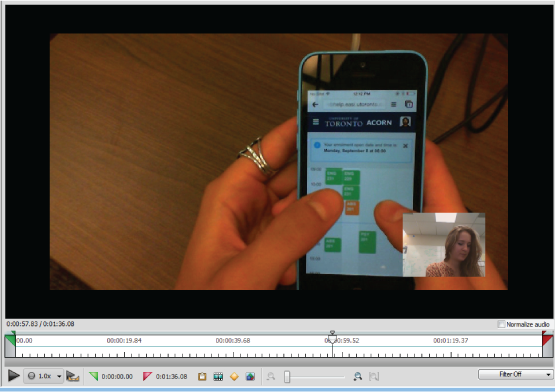
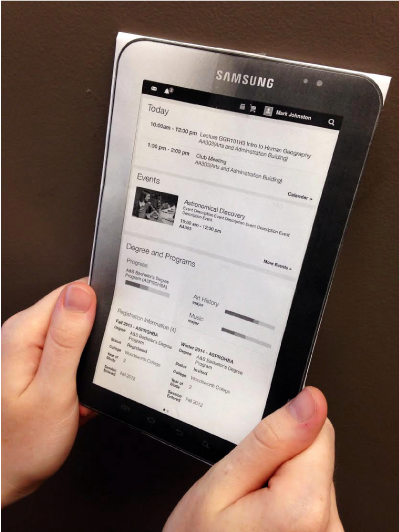
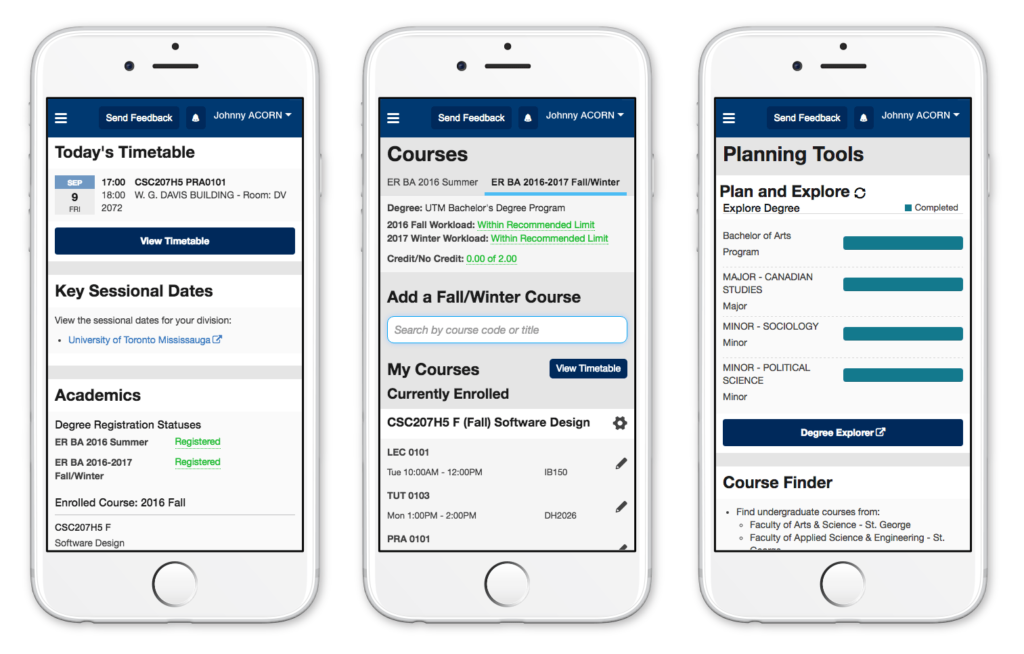

ACORN: Early Stages
Collaboration and co-creation were essential to making ACORN, even before its formal inception.
Even before its formal inception, ACORN was a collectively-driven initiative. Student voices joined staff to raise up issues negatively impacting their experiences at U of T, which prompted the university to conduct a series of focus groups on issues facing student services at U of T. Those findings were the impetus for creating the Next Generation Student Information Services Program that I joined, with ACORN being our most ambitious initiative.
My team conducted further research to develop our baseline understanding of students’ current experiences, map the ecosystem of services at play, then learn about crucial (and complicated, and sometimes confusing!) business processes that needed to be addressed.
We did so by engaging students and staff to co-create ACORN with us via structures such as the NGSIS Student Advisory Team, which we created to ensure representation by students from across all of U of T, as well as advisory and working groups with staff experts.

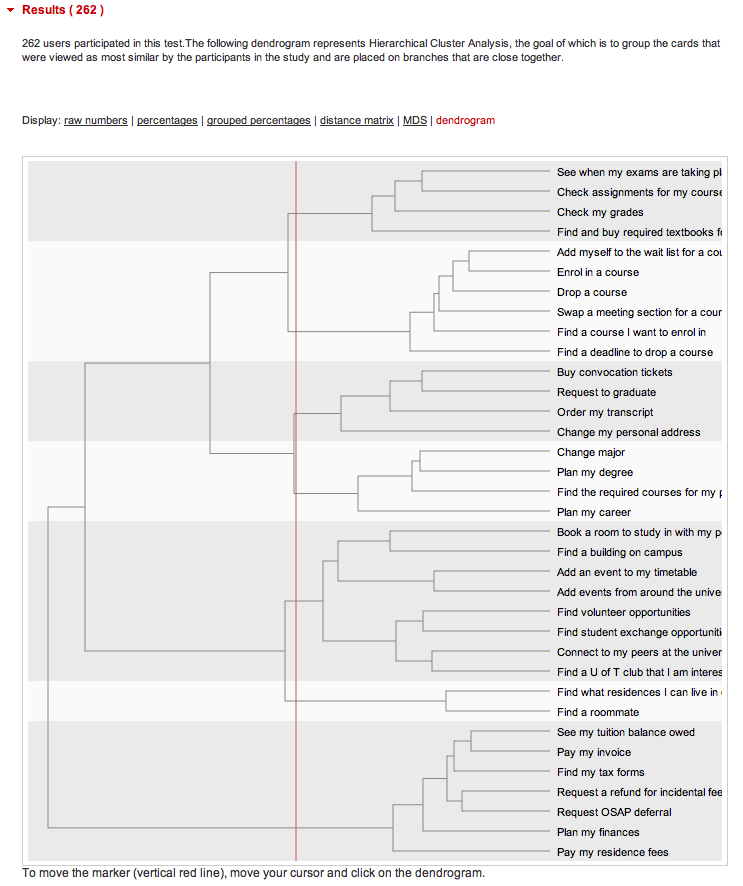
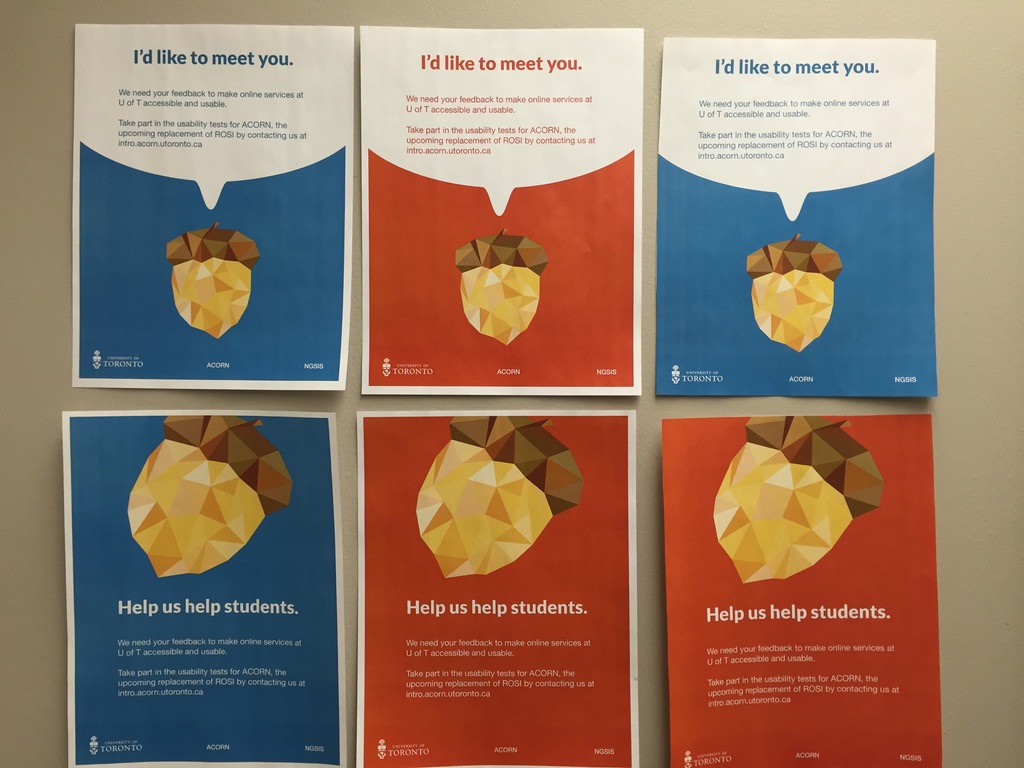



successfully and found the information they needed.



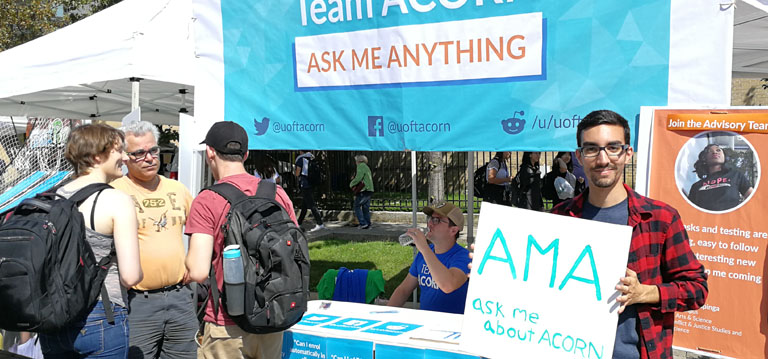
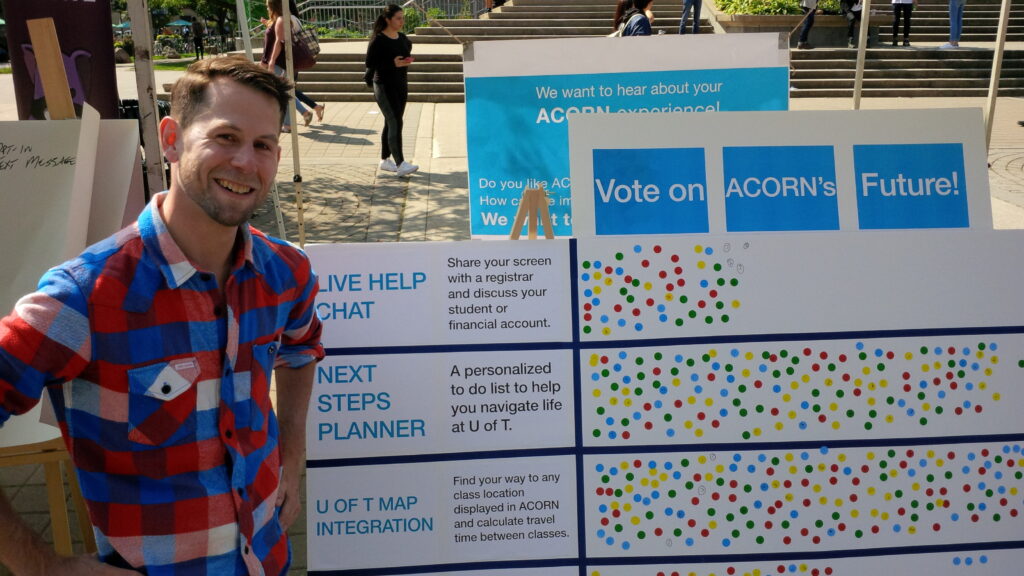
Envisioning ACORN: A holistic perspective
ACORN’s purpose as the central hub connecting students with services from across the university, as well as being a service delivery mechanism itself meant I needed to understand and design at that system scale.
One challenging aspect of ACORN was grappling with complexity. Our objectives demanded careful and extensive mapping of interconnected systems, front- and back-stage actions, business processes, as well as the logic governing various transactional controls and calculations – to say nothing of various underlying new and legacy infrastructure that would enable and constrain different aspects of ACORN’s potential capabilities.
Tools like canvases, journey and process maps, and other user and technical diagrams were essential to facilitate collective understanding and problem-solving of how services may currently operate, as well as how improvements could be realized in the future. Participatory activities and workshops leveraged these tools along with other practices (e.g. ideation methods) to reach and inform breakthroughs.
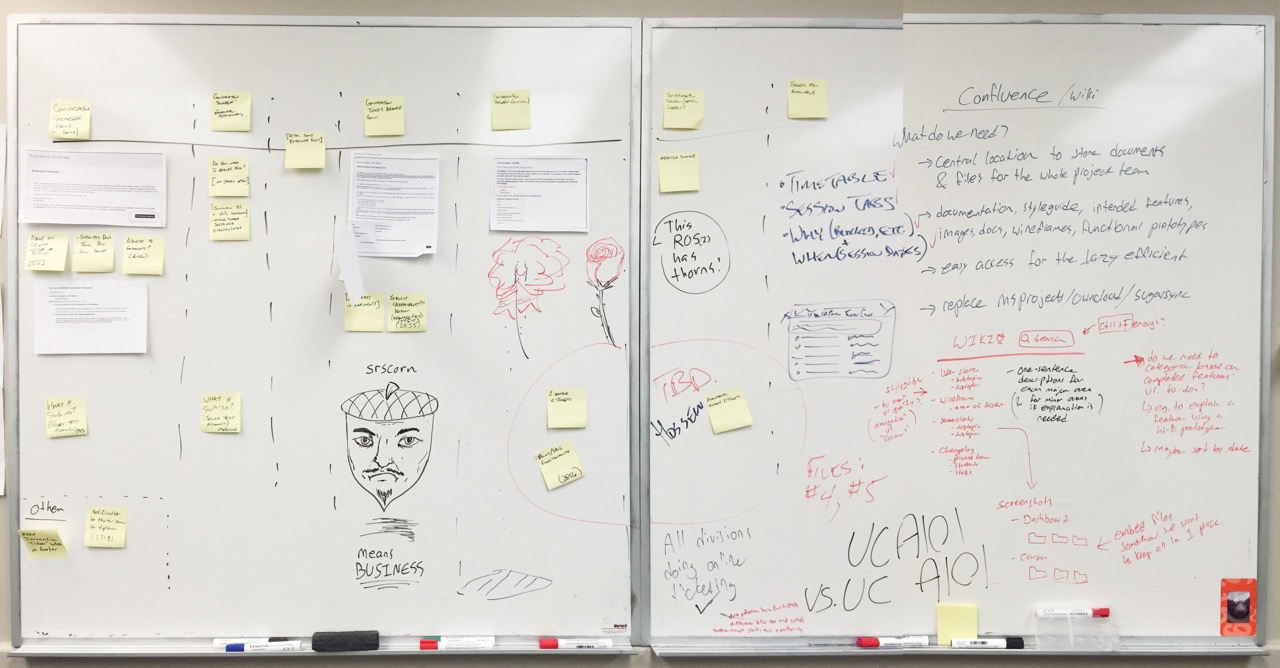


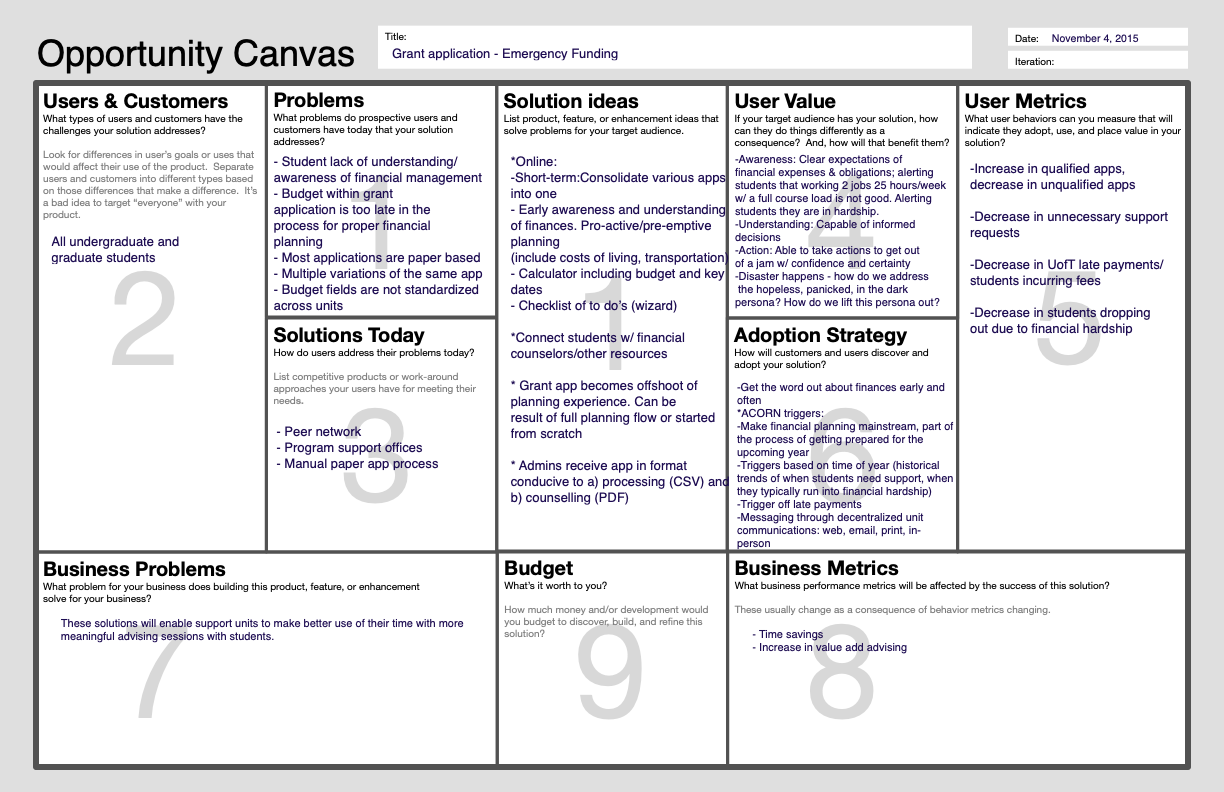

ACORN is intuitive, it’s in a comfortable format compared to other products around today, and it simplifies students’ lives so that they don’t miss steps. Missing steps at U of T or any institution can be very harmful to your academic progress. Our goal is for students to be engaged with the University experience,
—Lucy Fromowitz
not engaged in figuring out the administration.
Assistant Vice-President, Student Life
ACORN’s story is one of patience and persistence to deliver improvements to tools and the delivery of services. This was accomplished via continual improvement that eventually transformed the experiences of everyone who used the system.
I began working on ACORN in earnest in 2013 as part of a dual-track agile team (supporting Dev in sprints as that team delivered early functionality, while UX concurrently worked through discovery sprints), and the system went live in 2015. However, several early peak load days were marred by infrastructure crashes, something we had to transparently acknowledge and communicate about with students and staff across the university. These were some of the harshest learnings for the project team.
It was difficult to reckon with this because we had let our users down when they relied on us most. The root cause of the downtime was of course identified, but a catastrophic failure is still just that – and not what you want as a student on a stressful enrolment day when spaces in classes are limited. It stung to read outraged comments about the work we had done and to know how hard it would be to earn back some of the trust we had (it took us several years).
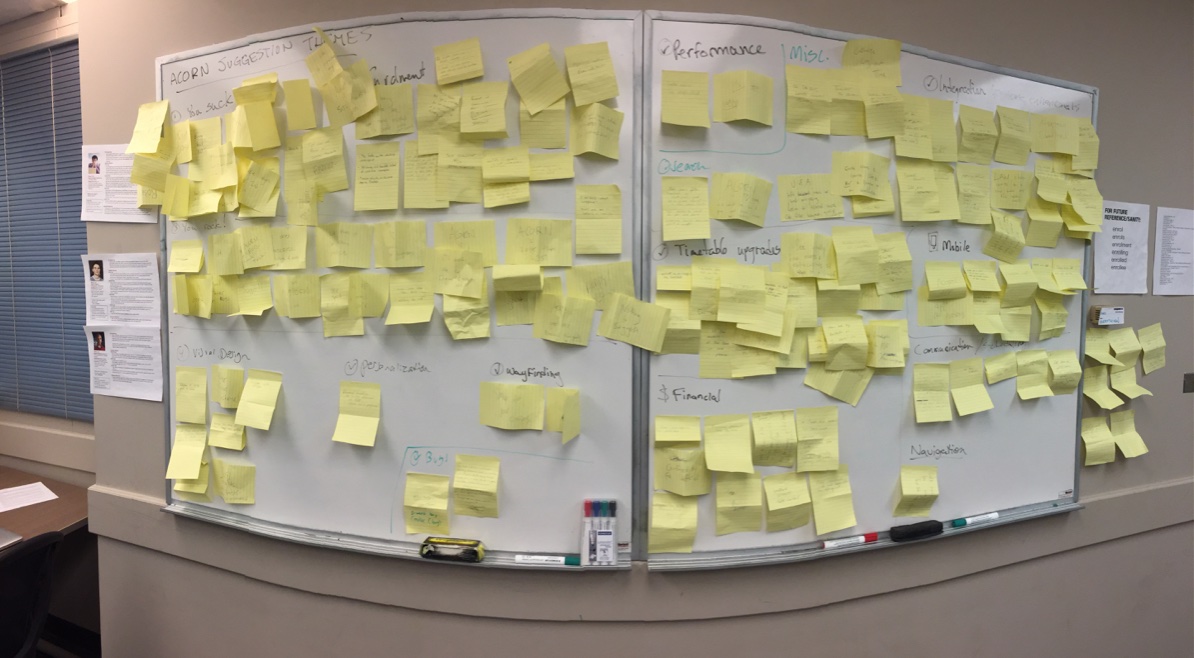
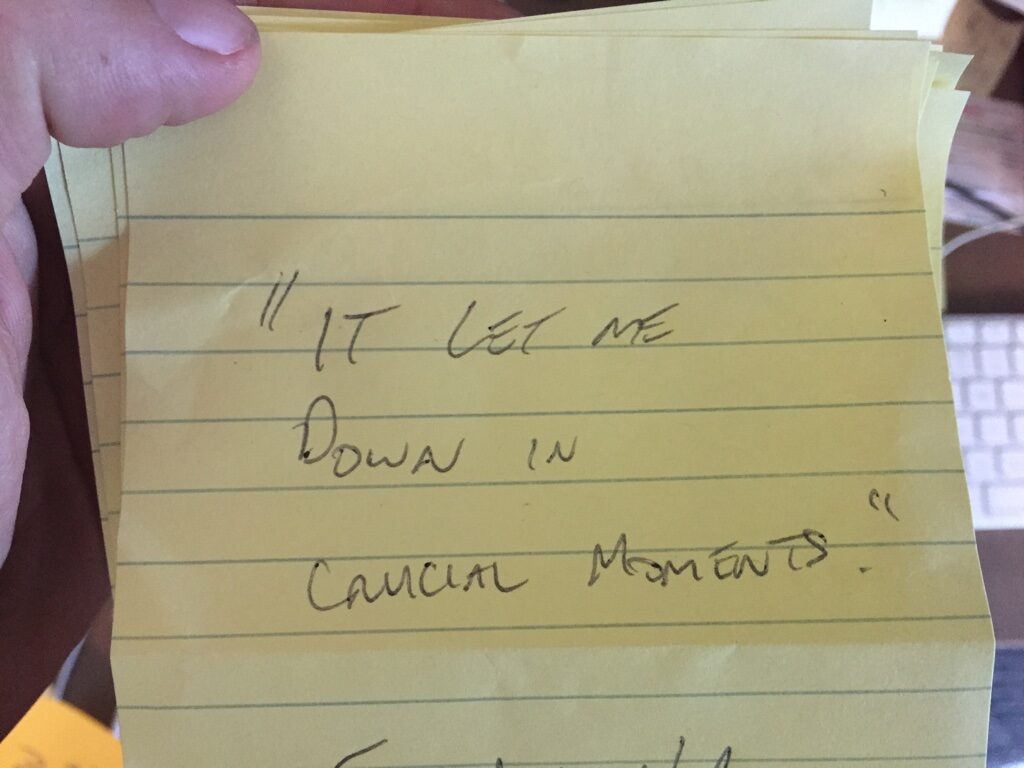
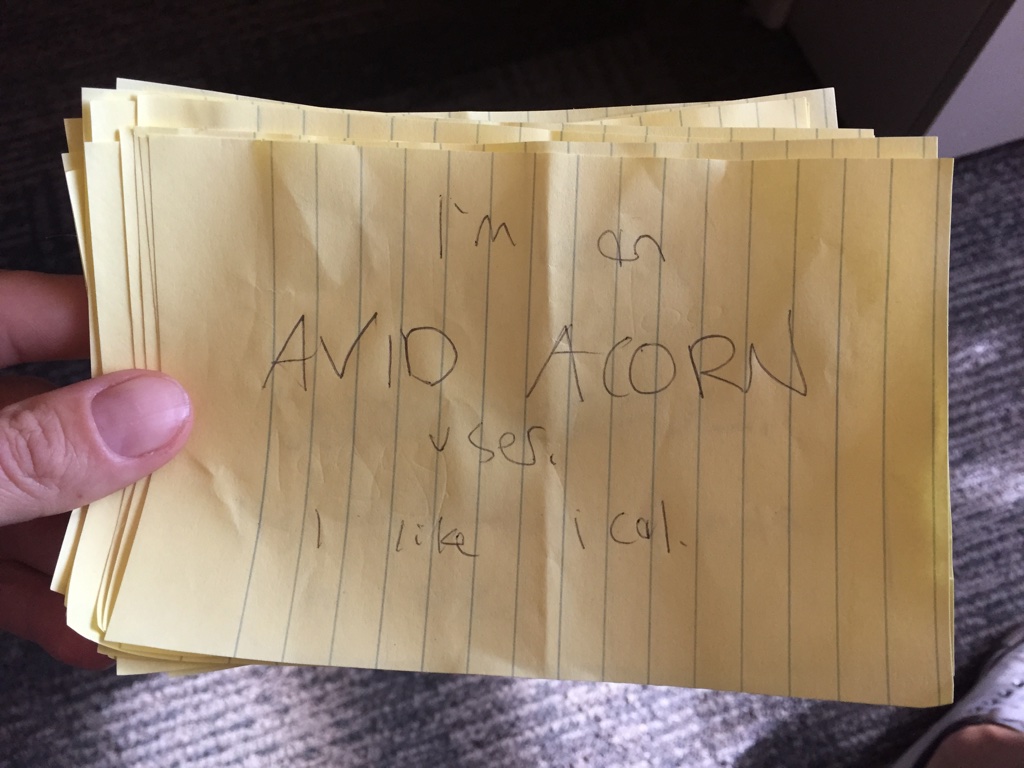

In my first year, I had to enter all of my course information manually through ROSI – a time-consuming and confusing process. With ACORN I can easily find my courses, pre-select them and on registration day I simply press the enrol button and I’m good to go!
– Ibraheem Aziz
Third-year Rotman Commerce Student
I’m most proud that with this project, we grew as an interdisciplinary team, exceeded expectations, delivered on our commitment to transform how services were delivered across the institution, and implemented a vastly more user-friendly platform as the new central online hub for U of T students. We improved experiences and built the platform that will be extended going forward into the future.